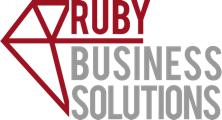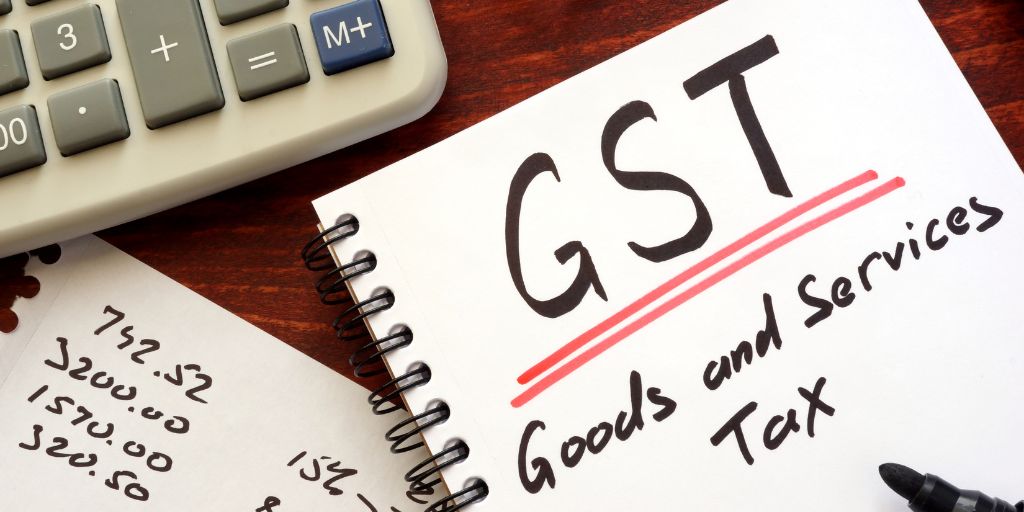Understanding the tax system in Canada is an important part of running a business. Two common types of tax you will encounter are the Harmonized Sales Tax (HST) and the Goods and Services Tax (GST). These taxes can have a significant impact on your business and cash flow so it’s essential to understand the differences between them and choose the right system for your needs.
In this blog post, we’ll delve into the differences between HST filing and GST filing and help you understand which one applies to your business.
What is GST filing?
In Canada, the Goods and Services Tax (GST) is a federal consumption tax that is applicable to the majority of goods and services. The GST rate is currently 5% and it is collected by the Canada Revenue Agency (CRA). The GST applies to all provinces and territories in Canada except for those that have implemented the HST.
What is HST filing?
The Harmonized Sales Tax (HST) is a combined federal-provincial sales tax that is collected by the Canada Revenue Agency (CRA). The HST is currently applied in five provinces: Ontario, New Brunswick, Nova Scotia, Prince Edward Island and Newfoundland and Labrador. In these provinces the HST combines the federal GST (which is 5%) and the provincial sales tax (which varies by province).
What is the difference between GST and HST in Canada?
One of the primary differences between HST filing and GST filing is the provinces in which they are applied. As mentioned earlier, HST filing is currently applied in five provinces, while the GST filing is applied across the rest of Canada. Additionally, the HST combines both the federal GST and the provincial sales tax, while the GST is only a federal tax.
A significant difference between the two tax systems is the rate at which they are applied. The HST rate is currently 15% in Ontario, New Brunswick, and Newfoundland and Labrador. In Nova Scotia and Prince Edward Island, the HST rate is 15.5%.
When it comes to filing taxes, the process for HST filing and GST filing is relatively similar. Businesses must register for a GST/HST number with the CRA and then charge and collect the applicable taxes on their sales. Businesses can then claim back any GST/HST paid on their purchases as input tax credits.
Business requirements for GST and HST in Canada
1. Registration: Businesses with annual taxable sales of $30,000 or more are required to register for a GST/HST number with the Canada Revenue Agency (CRA). Businesses with less than $30,000 in annual taxable sales can choose to register voluntarily.
2. Tax Collection: Once registered, businesses must charge and collect the appropriate amount of GST or HST on all taxable sales. The current GST rate is 5%, while the HST rates vary by province (ranging from 13% to 15.5%).
3. Input Tax Credits (ITCs): Businesses can claim back the GST or HST they have paid on their purchases by claiming Input Tax Credits (ITCs). ITCs can be claimed on eligible purchases such as office supplies, equipment and rent.
4. Filing GST/HST Returns: Businesses are required to file a GST/HST return with the CRA on a regular basis (usually quarterly or annually, depending on the size of the business). The return summarizes the GST/HST collected and paid during the reporting period, as well as any ITCs claimed.
5. Remitting Tax: Businesses must remit the GST/HST collected to the CRA by the due date of their GST/HST return. Failure to remit tax on time can result in penalties and interest charges.
What sales are subjected to GST and HST?
In Canada, most sales of goods and services are subject to either the GST filing or HST filing.
These taxes are applied to the final price of goods and services sold. Businesses are required to charge and collect the applicable tax and remit it to the government.
Specifically, the following types of sales are generally subject to GST filing or HST filing:
- Tangible personal property – goods that can be touched, such as clothing, furniture, and electronics.
- Intangible personal property – goods that cannot be touched, such as digital downloads (e.g. music or software), memberships, and patents.
- Real property – immovable assets such as land and buildings.
- Services – professional services (e.g. legal or accounting), maintenance and repair services, and transportation services.
There are some exemptions and exceptions to the above, depending on the nature of the goods or services being sold, the province in which the business operates, and other factors. For example, some basic groceries, prescription drugs and medical devices are exempt from GST/HST.
GST vs HST filing – Which tax system do I use?
When it comes to choosing between HST filing and GST filing, there is no one-size-fits-all answer. It ultimately depends on the nature of your business and the provinces in which you operate.
If your business operates in one of the five provinces that have implemented the HST, you will need to register for an HST number and charge the applicable rate of tax. If you operate in any other province or territory, you will need to register for a GST number and charge the 5% GST rate.
If your business operates in multiple provinces, you may need to register for both HST and GST numbers, depending on the location of your customers and the nature of your business.
Don’t let HST or GST filings cause you stress
In a nutshell, knowing the ins and outs of HST and GST is crucial for any business operating in Canada. The good news is, you don’t have to navigate this complex topic alone. Ruby Business Solutions is an online bookkeeping company that works with clients all across Canada.
Because of that we have good knowledge of GST and HST across each territory and will make sure that you get the best bookkeeping and tax support. We’ll take care of your books and any GST or HST filings, giving you peace of mind to go run your business.
For more information, take a look at our online bookkeeping services.
FAQs
How does GST and HST work?
GST and HST are both consumption taxes that are added to the price of goods and services. When a business sells a product or service, they must charge GST or HST to the customer and then remit the collected tax to the government. The amount of tax charged is calculated as a percentage of the sale price, with the current rate being 5% for GST and 15% for HST in certain provinces.
Is HST the same as VAT?
While HST and VAT are not the same thing in Canada they do share some similarities in terms of their structure and how they are applied. Both taxes are designed to be applied to the final price of goods and services sold, with businesses being required to charge and collect the applicable tax and remit it to the government. Additionally, both taxes provide for input tax credits (ITCs), which allow businesses to claim back the tax they have paid on their purchases.
The Canadian government does not use the VAT system as a method of collecting taxes. Instead, the federal government uses the Goods and Services Tax (GST), which is a consumption tax that is applied to most goods and services sold in Canada. In some provinces, the GST is combined with the provincial sales tax to form the Harmonized Sales Tax (HST).







